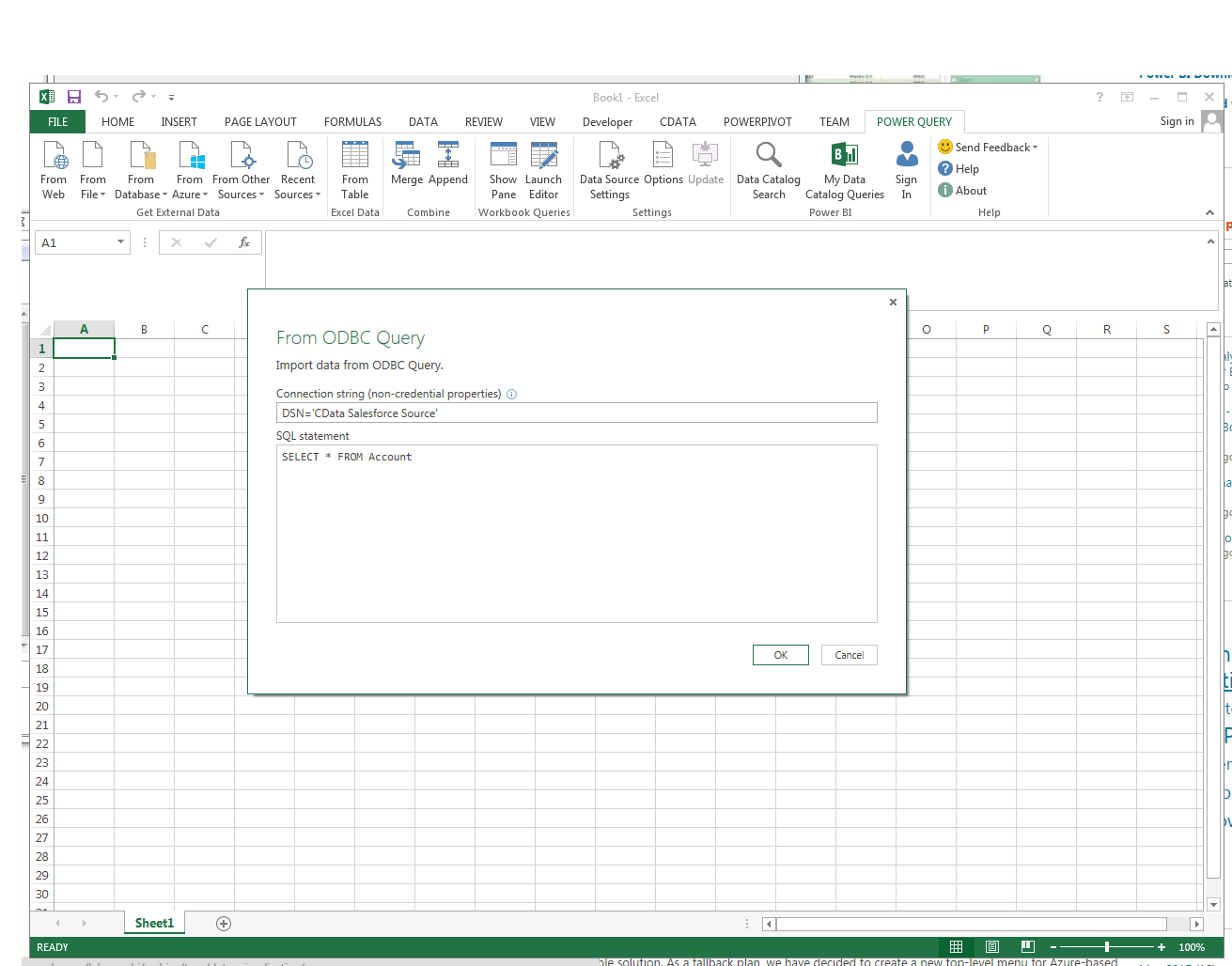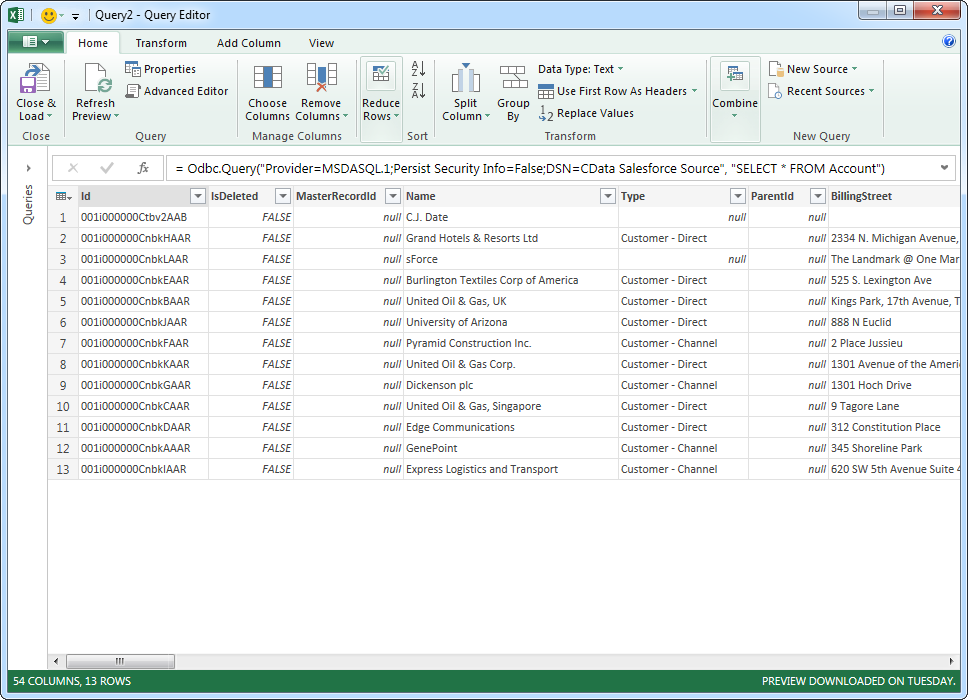Discover how a bimodal integration strategy can address the major data management challenges facing your organization today.
Get the Report →Use the CData ODBC Driver for Google Analytics in Microsoft Power Query
You can use the CData Google Analytics ODBC Driver with Microsoft Power Query. In this article, you will use the ODBC driver to import Google Analytics data into Microsoft Power Query.
The CData ODBC Driver for Google Analytics enables you to link to Google Analytics data in Microsoft Power Query, ensuring that you see any updates. This article details how to use the ODBC driver to import Google Analytics data into Microsoft Power Query.
Connect to Google Analytics as an ODBC Data Source
If you have not already, first specify connection properties in an ODBC DSN (data source name). This is the last step of the driver installation. You can use the Microsoft ODBC Data Source Administrator to create and configure ODBC DSNs.
Google uses the OAuth authentication standard. To access Google APIs on behalf on individual users, you can use the embedded credentials or you can register your own OAuth app.
OAuth also enables you to use a service account to connect on behalf of users in a Google Apps domain. To authenticate with a service account, you will need to register an application to obtain the OAuth JWT values.
In addition to the OAuth values, set Profile to the profile you want to connect to. This can be set to either the Id or website URL for the Profile. If not specified, the first Profile returned will be used.
Import Google Analytics Data
Follow the steps below to import Google Analytics data using standard SQL:
-
From the ribbon in Excel, click Power Query -> From Other Data Sources -> From ODBC.
- Enter the ODBC connection string. Below is a connection string using the default DSN created when you install the driver:
Provider=MSDASQL.1;Persist Security Info=False;DSN=CData GoogleAnalytics Source -
Enter the SELECT statement to import data with. For example:
SELECT Browser, Sessions FROM Traffic![The ODBC connection string and SELECT query. (Salesforce is shown.)]()
Enter credentials, if required, and click Connect. The results of the query are displayed in the Query Editor Preview. You can combine queries from other data sources or refine the data with Power Query formulas. To load the query to the worksheet, click the Close and Load button.
![Tables loaded in Power Query. (Salesforce is shown.)]()








